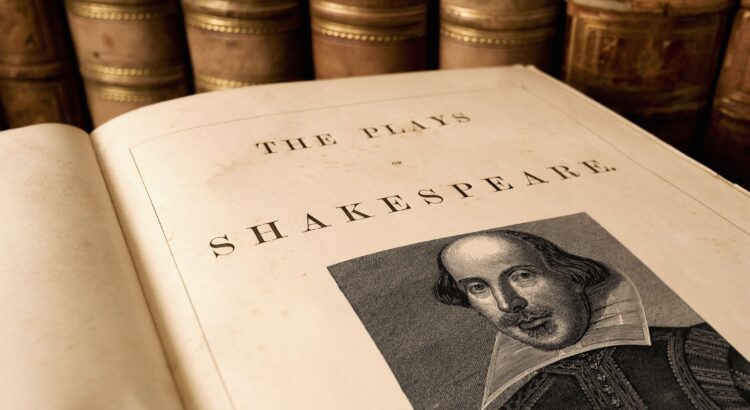William Shakespeare, the celebrated Bard of Avon, is renowned not only for his poetic brilliance and insightful storytelling but also for his unparalleled wit and humor. While many enjoy Shakespeare’s plays for their dramatic depth and timeless themes, few are aware of the subtle humor and hidden jokes that permeate his works. In this article, we will delve into the fascinating world of Shakespearean humor, exploring the concealed jests, wordplay, and double entendres that make his plays a treasure trove of comedic delight.
The Language of Wit
Shakespeare, a master of language, possessed an extraordinary ability to manipulate words, often using puns and wordplay to infuse humor into his works. One of the most common forms of wordplay in Shakespearean plays is the pun—a humorous use of a word that has multiple meanings or sounds similar to another word but has a different meaning. These puns are cleverly woven into the dialogue, creating moments of subtle amusement for the attentive audience.
In “As You Like It,” for example, the character Rosalind indulges in witty banter with Orlando, saying, “I’ll tell you who Time ambles withal, who Time trots withal, who Time gallops withal, and who he stands still withal.” Here, the word “withal” sounds like “with all,” leading to a pun that highlights the multifaceted nature of time, while also eliciting a chuckle from the audience.
Double Entendres and Innuendos
Shakespeare was a master of double entendres, a linguistic device where a phrase has two meanings, one of which is usually suggestive or risqué. These hidden meanings, often laced with innuendos, add layers of humor and complexity to the dialogue. While these jokes might go over the heads of younger audiences or those unfamiliar with the language nuances of Shakespeare’s time, they provide a delightful challenge for literary enthusiasts.
In “Much Ado About Nothing,” Benedick and Beatrice engage in a battle of wits, exchanging sharp-tongued remarks. In one exchange, Benedick declares, “What, my dear Lady Disdain! are you yet living?” The term “Lady Disdain” serves as a double entendre, suggesting both Beatrice’s haughty demeanor and her romantic interest in Benedick. This subtle wordplay adds depth to the scene, allowing the audience to enjoy the verbal sparring on multiple levels.
Social Satire and Political Commentary
Beyond mere wordplay, Shakespeare used his plays to critique social norms and political issues of his time. Through humor, he could subtly challenge societal conventions and shed light on the absurdities of human behavior. For instance, in “Twelfth Night,” the character Malvolio’s self-importance and gullibility are mocked, providing a commentary on the folly of vanity and arrogance.
Similarly, in “Hamlet,” the gravedigger scene combines dark humor with existential contemplation. The witty repartee between Hamlet and the gravedigger serves as a commentary on mortality and the inevitability of death, highlighting the irony and absurdity of human existence.
Conclusion
Shakespeare’s plays are not just timeless works of literature; they are also repositories of hidden jokes, wordplay, and clever observations about the human condition. The Bard’s ability to intertwine humor with profound themes showcases his unparalleled talent and continues to captivate audiences centuries after his time.
As we explore the hidden jokes in Shakespeare’s plays, we gain a deeper appreciation for his genius, wit, and insight. These concealed gems remind us that humor is not just a source of entertainment but also a powerful tool for social critique and self-reflection. So, the next time you find yourself immersed in a Shakespearean play, pay close attention to the words and the wit behind them—you might just discover a hidden joke that has been delighting audiences for centuries, reminding us of the enduring power of laughter and the brilliance of the Bard.
